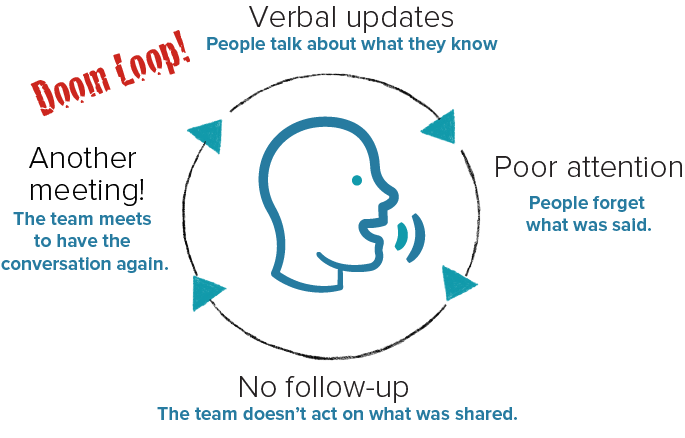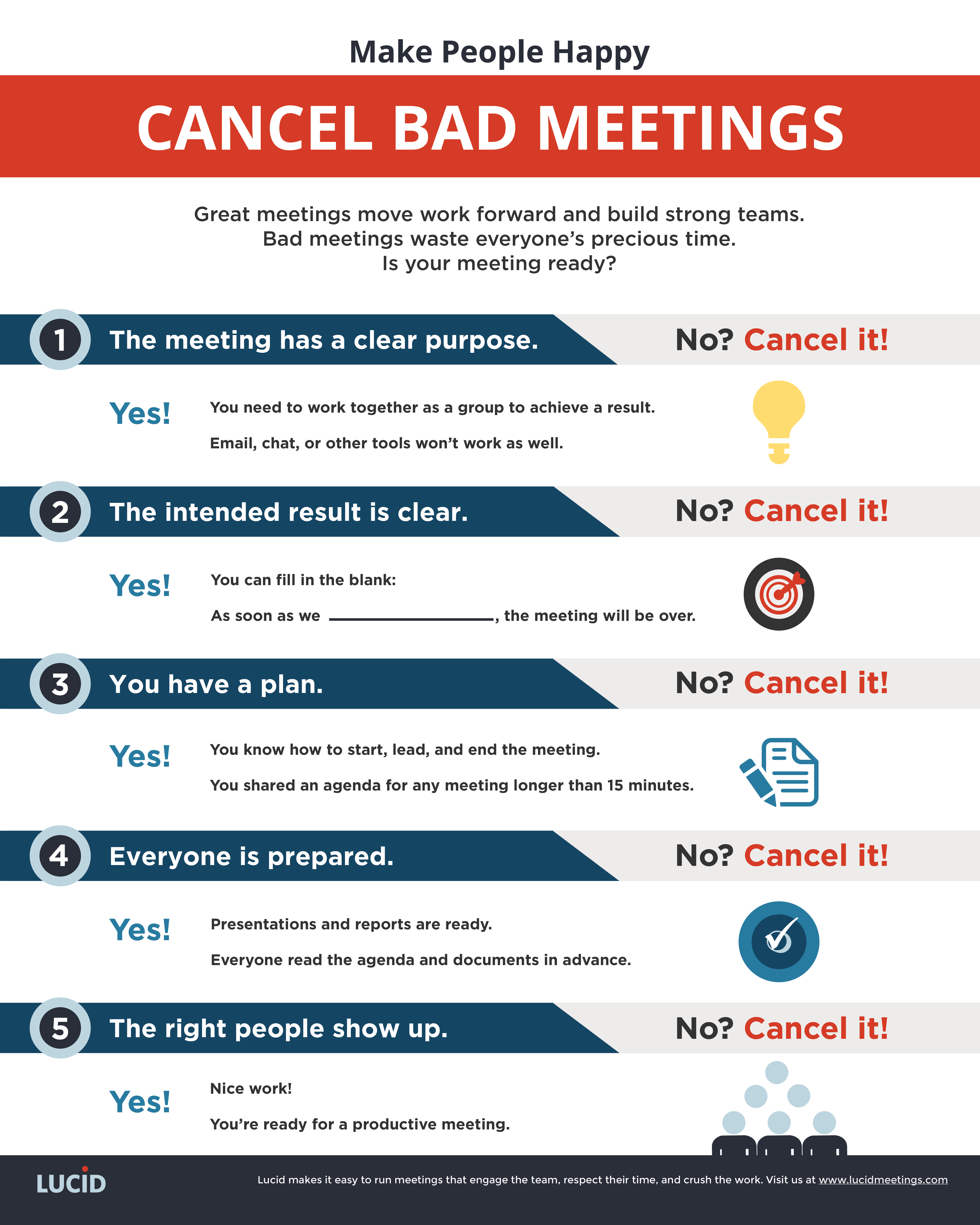A Process for Navigating Your Company’s Changing Way of Working
I’ve been thinking a lot about how some teams are designed to operate with uncertainty, but most are not.
The teams that operate in uncertain conditions never know what they’ll face when they show up to work. Firefighters, athletes, investigators: they can’t plan what will happen each day. Instead, they develop skills for performing in a variety of situations, tools for assessing the situation they find themselves in, and then respond with their best guess at what they believe will work in the moment.
If the first attempt doesn’t work, then they update their thinking, make a new decision, and try something else.
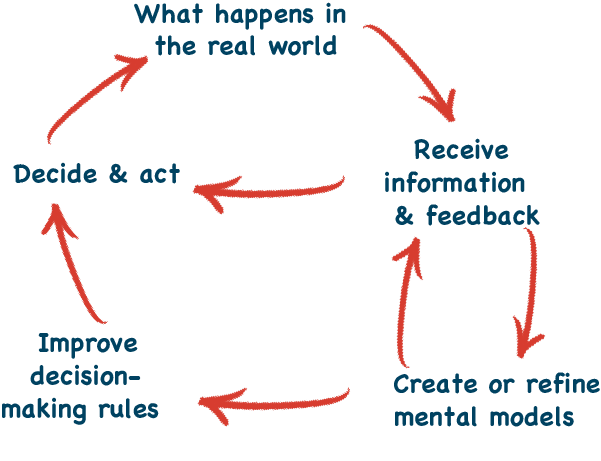
Right now, there’s a lot of uncertainty surrounding the return to the workplace. Should we try to get everyone back into the office? If so, when? Or how often?
The right choices aren’t clear.
Of course, the experts say… so, so many things!
That all our employees will quit if we don’t support remote work. Or hybrid work. That we have to be flexible, but that hybrid teams are the hardest to run and the most likely to increase inequality.
Whatever it is we choose, we’ll probably get it wrong. We also absolutely must communicate these choices clearly with our teams, because all this uncertainty is burning people out.
Then we’ll never hear the end of it. Our teams will probably tell us all the ways our decisions are wrong if we ask. Or if we don’t, they’ll just leave.
Aha.
Now I’m thinking:
- What if we get comfortable knowing that at first, we could be wrong? Can we take a tip from those teams that swim in uncertainty and
- What if we were to work with our teams to turn all that negative feedback into positive action?
When the pandemic began shutting businesses down in 2020, we turned to our friends at the Mission Critical Teams Institute (this is my favorite podcast, btw) for advice about how to quickly adapt and change in response to a crisis. They outlined a series of conversations teams could use to navigate their way through that urgent situation.
The return to in-person work isn’t a crisis. There’s no immediate threat nor government mandate dictating the next steps.
The return to the workplace is an opportunity to reinvent and reimagine a better way!
A better way which is far, far from certain. This creates a real problem.
The Problem:
When we fail to change well, we harm our teams and our businesses.
It’s impossible to know in advance how well a change will work out.
There’s a risk here. If we make the wrong choices, we’ll lose our teams and destroy our ability to do great work. This risk goes up enormously when we try to dictate when, how, and where everyone works, or when we fail to check on whether our decisions create harm.
I’m sorry to say that this isn’t a problem we can solve for you.
We can’t tell you what your new way of working should be. Your leaders need to make those decisions, and your teams need to implement them in a way that makes sense for your organization.
We can, however, help you run the meetings where you make those decisions. We can also help you work with your teams to test your new ways of working and adjust your approach based on what you learn.
A Meeting Flow Model for Changing Your Organization’s Way of Working
The teams that work with uncertainty every day have the skills, mental models, and well-rehearsed communication strategies they need to rapidly adapt to whatever emerges.
This meeting flow model, or series of related meetings, achieves the same results at a more leisurely, organization-wide pace and scale.
The model consists of six meetings. It draws from practices used by mission-critical teams, innovative design firms, strategic planning teams, and change management professionals.
These six meetings work together in a cycle. Repeat the cycle as many times as needed to achieve your organization’s better way of working.
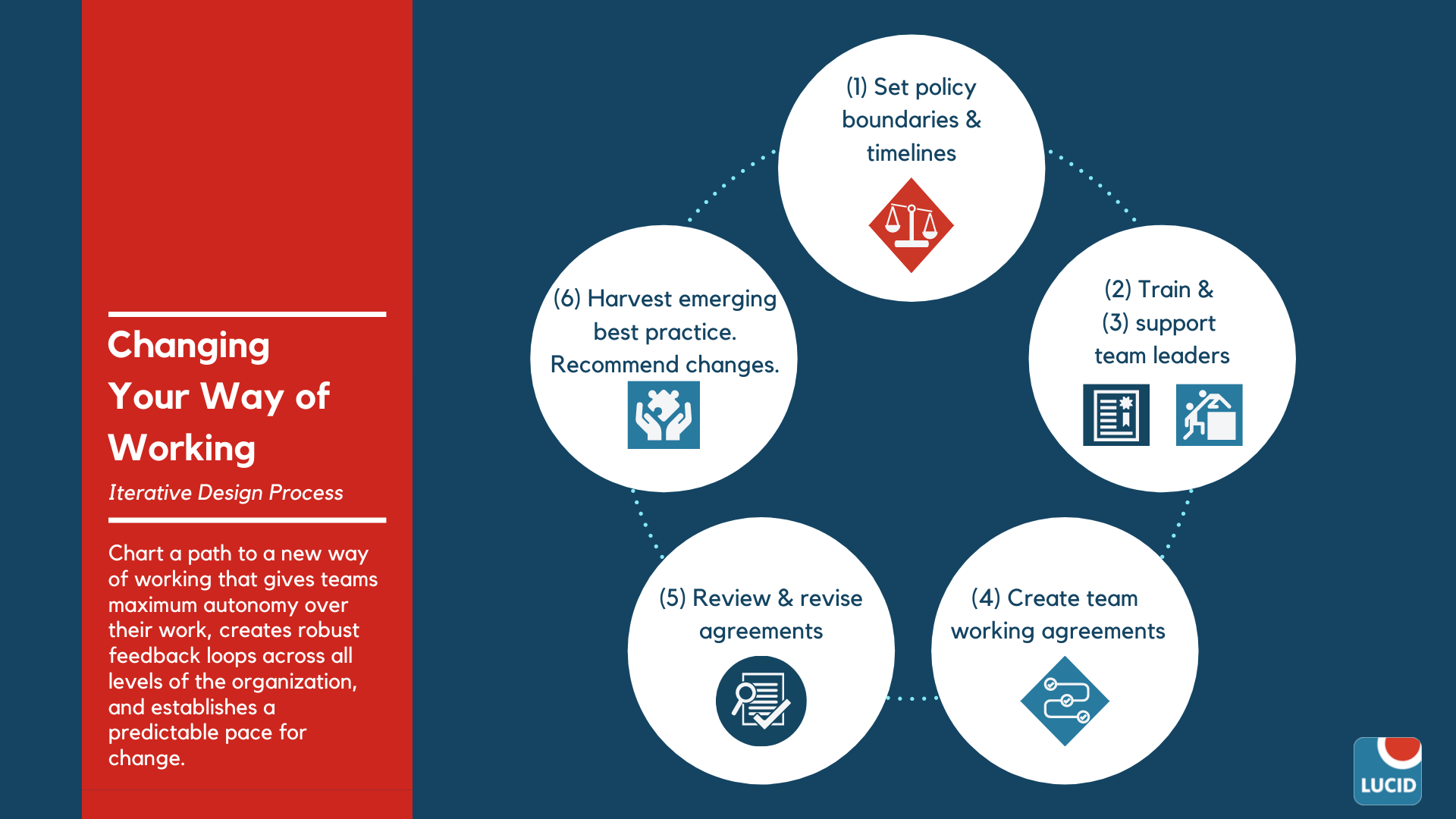
Download the guidebook and meeting templates for this process (1.14 MB Zip)
The Meetings
The packet linked above includes an overview of this model that explains the why, when, and who for scheduling these meetings. It also includes meeting templates that provide guidance on how to run them well.
 Meeting 1. Decision Making:
Meeting 1. Decision Making:
Set Policy Boundaries & Timeline
Senior decision-makers decide which new policies will govern the way work gets done in the organization.
They aim to ensure safety and business continuity, setting boundaries around how teams can work. They also set a timeline for revisiting these policies once they’ve gathered evidence on the impact these changes have on the business.
Meeting 2. Training:
Learn How, Why, & When to Implement New Policies
People leaders learn both the content and the underlying purpose of each new policy. They also receive supporting tips and tools for implementing these policies with their teams.
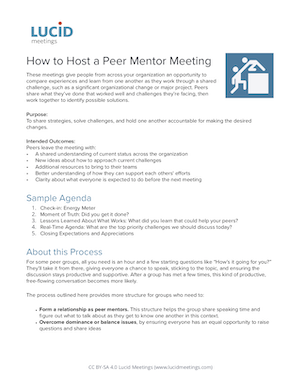 Meeting 3. Community of Practice:
Meeting 3. Community of Practice:
Share What’s Working & Solve Problems
People leaders meet with peers from across the organization in groups of 3 to 5, where they share what their teams are doing to implement the desired changes.
Leaders bring their challenges to the group and support their peers by working to identify possible solutions together.
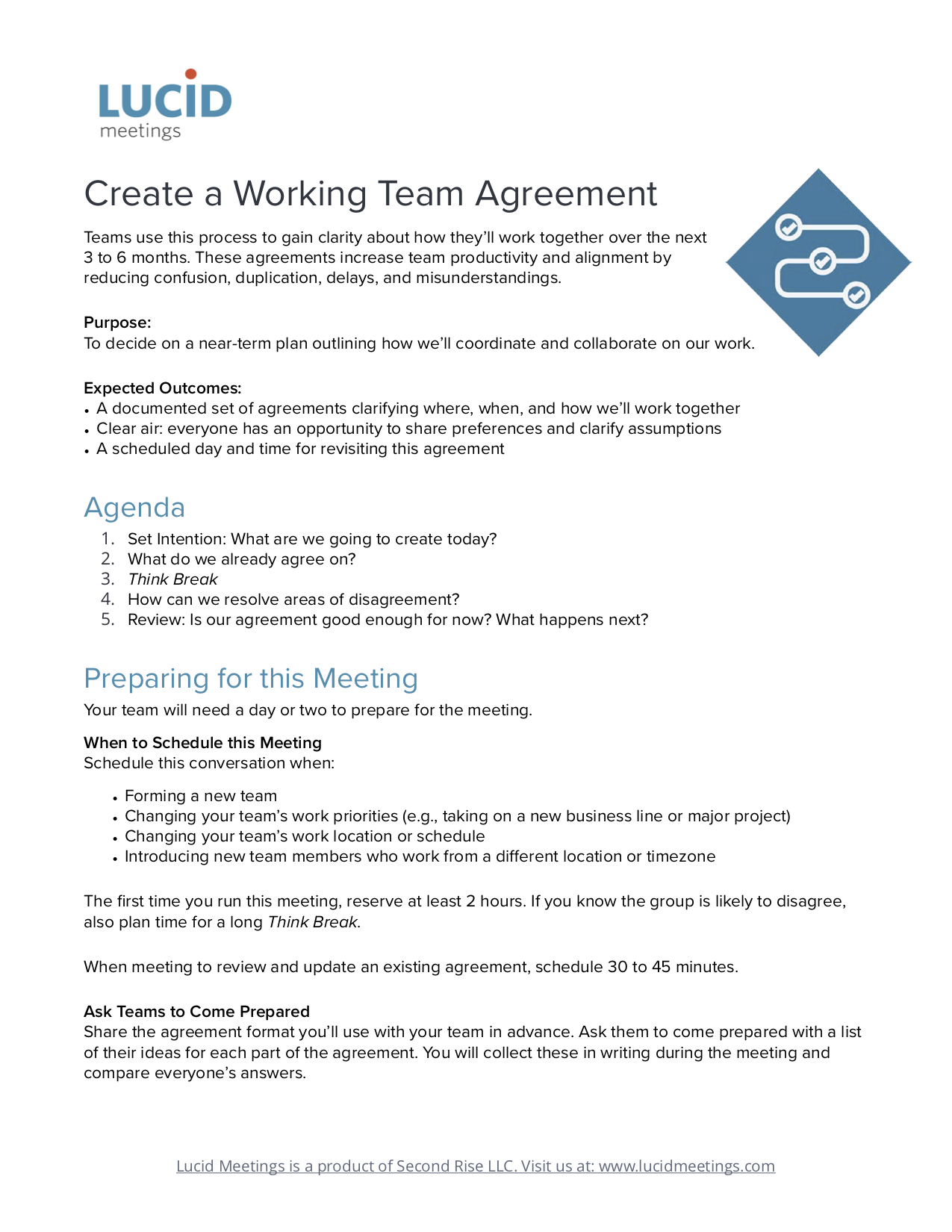 Meeting 4. Planning:
Meeting 4. Planning:
Create a New Working Team Agreement
Teams agree on how they’ll work together within the boundaries set by senior decision makers.
Teams outline when and where they’ll work, how they’ll communicate, and other details about how they’ll ensure their work goes smoothly.
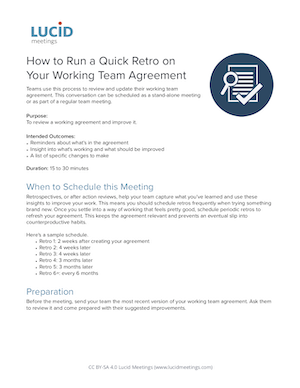 Meeting 5. Action Review:
Meeting 5. Action Review:
Review & Revise Our Working Agreement
Teams run short action reviews to update their working agreement based on what they learn.
These meetings help teams quickly master the skills and practices required to perform in this new way of working.
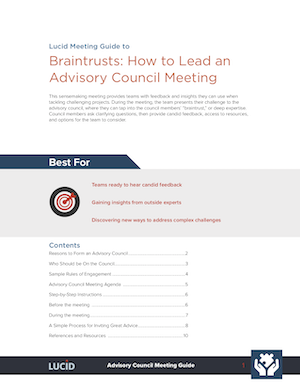 Meeting 6. Sensemaking:
Meeting 6. Sensemaking:
Harvest Learnings & Recommend Policy Changes
Team leaders bring learnings from their teams’ Action Reviews and Community of Practice sessions to an advisory council, or braintrust.
The council discusses these learnings and recommends policy changes for consideration by the senior decision makers. These evidence-based recommendations are used to make the decisions that drive the next change cycle.
Why These Meetings Work
We recommend this sequence of meetings for a number of reasons.
- Logic! You really don’t know how the future will unfold, so it would be dumb to assume any decisions you make today are just going to work out. Nothing works like that. Instead, it makes sense to try things, get new information, then course correct.
- This approach distributes responsibility for making work better to everyone. Meetings held at all levels of the organization enlist all those many hands to make for better, lighter work.
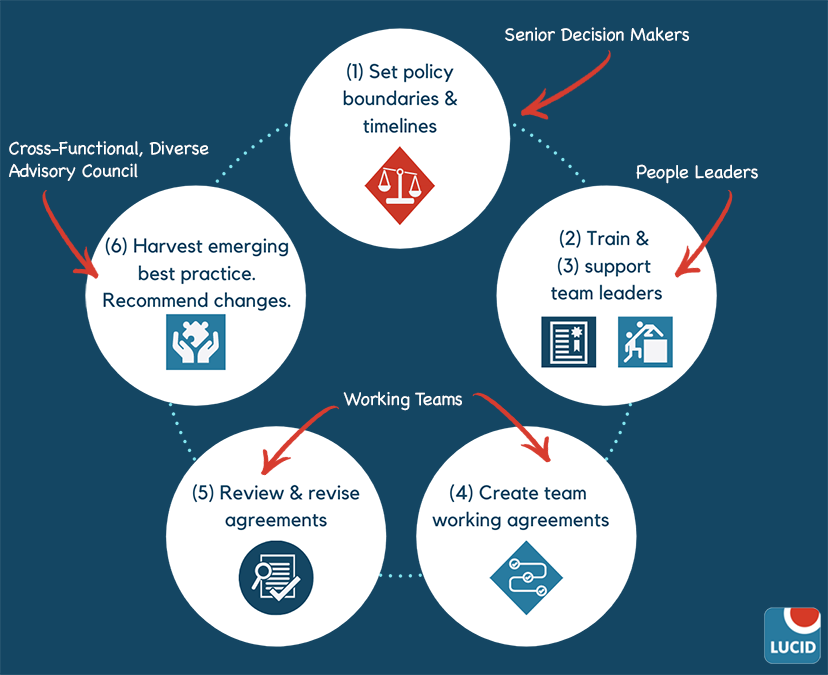
- This sequence of meetings supports the key drivers of employee engagement and performance.

Here’s how each of those meetings works to support those drivers.
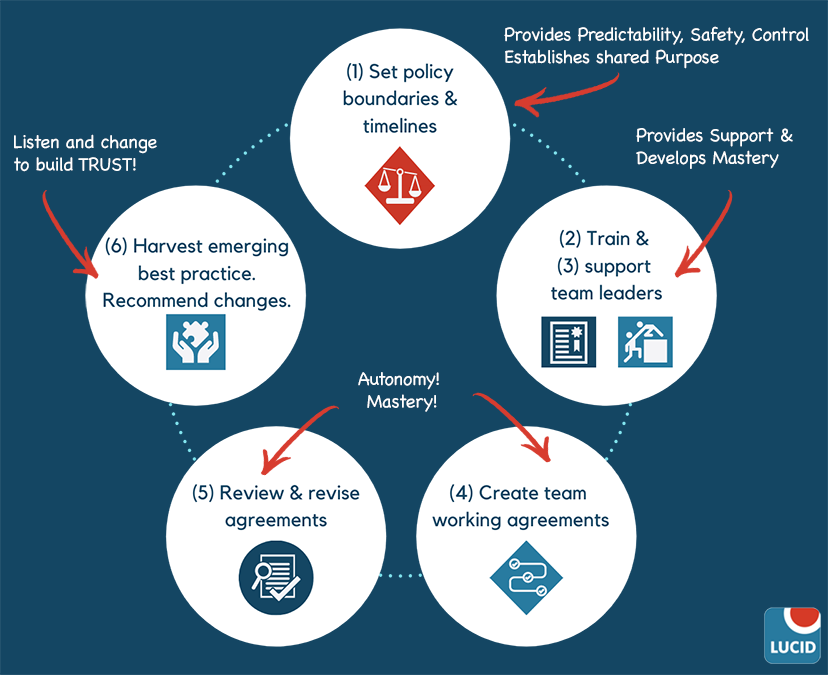
If all this makes sense to you and you’re interested in the details, download this free packet. It includes:
-
An overview document that explains what this meeting flow is designed to achieve and introduces the meetings involved
-
Meeting templates for five of the six meetings in this flow, providing guidance and options for leading each of these meetings
-
A spreadsheet for estimating the amount of meeting time involved
Download the guidebook and meeting templates for this process (1.14 MB Zip)
You can also find the individual templates in our Template Gallery.
Help Us Innovate an Even Better Way
As you work through changing your organization’s way of working, I recommend asking your team for their feedback. This is how you get better.
I’d love to hear the same from you. Take a look at the model and the meeting templates, and let us know. What works well here for you? What can we improve?
What did you discover that made your way of working better?
Let us all know in the comments below.


